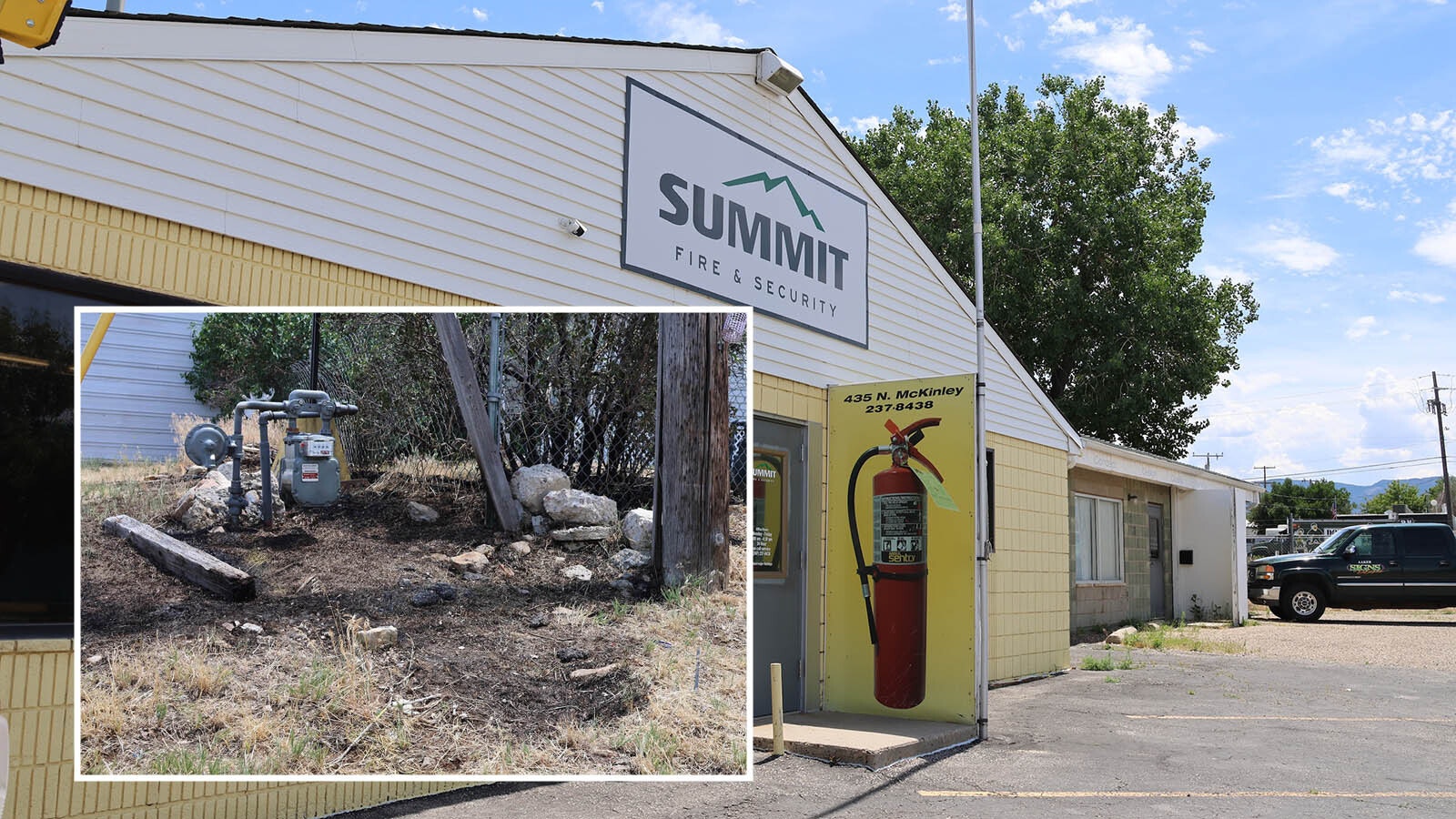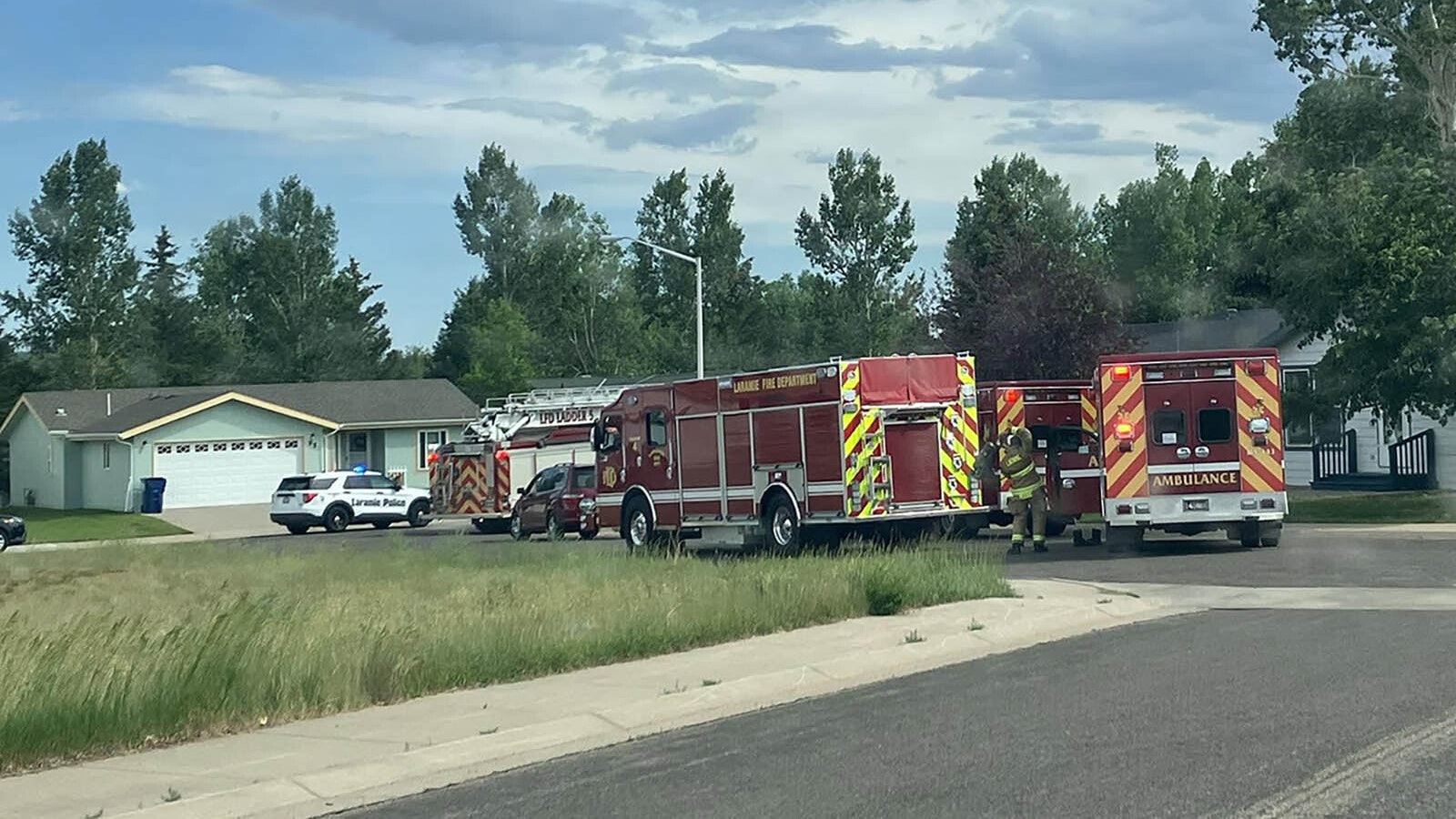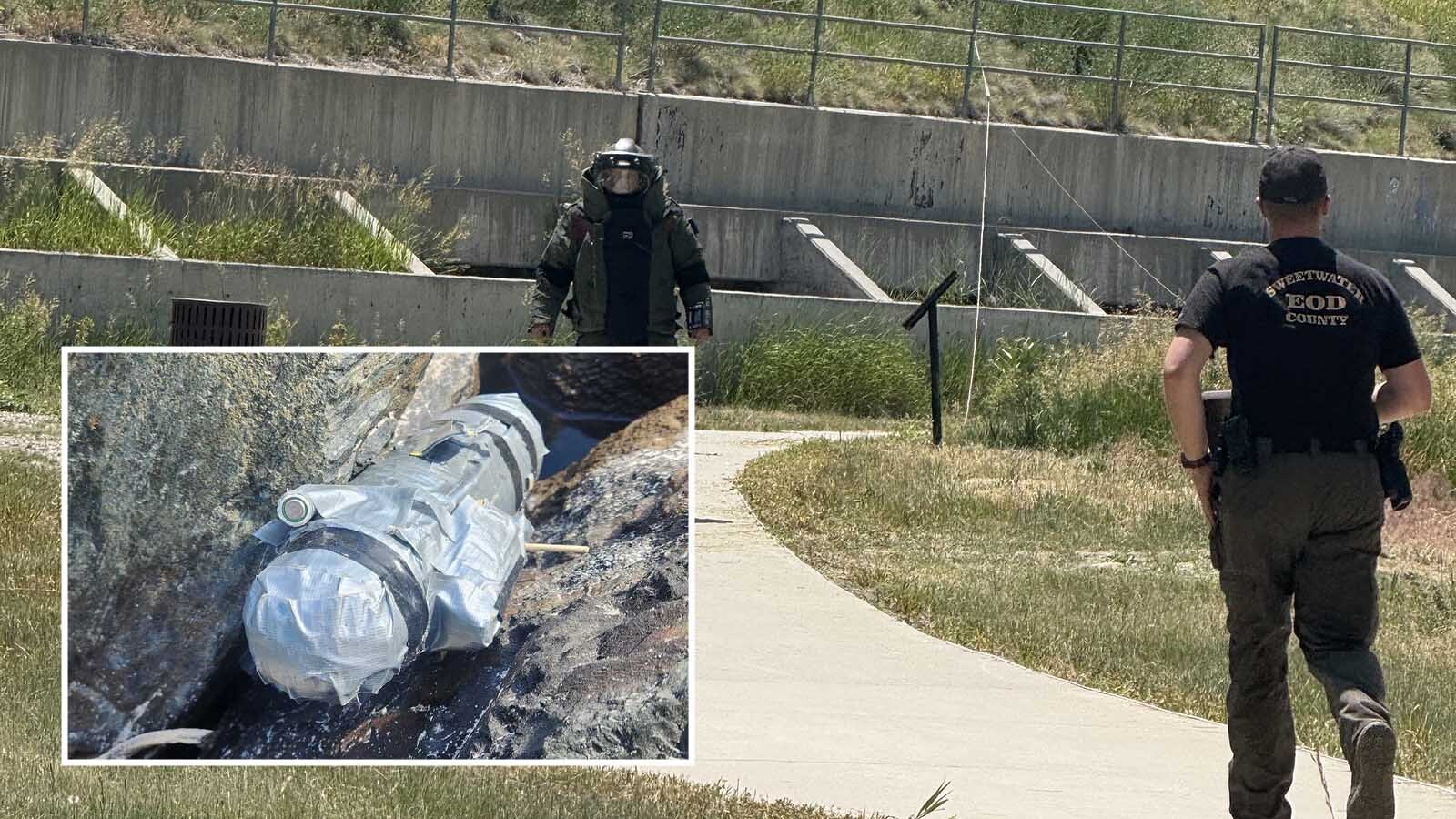When two small children were taken by their non-custodial parent from Buffalo on April 3, an AMBER Alert blasted out that evening on cell phones, televisions and digital highway signs throughout the state.
The following day, the children were recovered safely by authorities in Texas and the suspect was taken into custody.
In between, the six-person team at the Wyoming Highway Patrol responsible for issuing the AMBER Alert were on pins and needles waiting to learn the children’s fate.
That’s how it always is, according to Crystal “Chris” McGuire, Wyoming AMBER Alert coordinator, from the moment the call comes in from law enforcement to the point the missing child or children are found.
“Basically, you have two to four hours to save a child after they’ve been abducted,” she said. “For me, it’s about children and making sure we get the alert out in time.”
It’s a stressful process for McGuire and members of her “code red” team who are charged with making sure that all the criteria are met to warrant issuing a statewide alert.
“We have to be able to react quickly because every second counts,” she said.
How It Works
The AMBER Alert System – which stands for America’s Missing Broadcast Emergency Response – was a joint effort initiated in 1996 by Dallas-Fort Worth broadcasters and the Dallas-Fort Worth police in the wake of the kidnapping and subsequent brutal murder of 9-year-old Amber Hagerman.
Later, with the passage of the federal Protect Act in 2003, an alert coordinator was designated within the U.S. Department of Justice (DOJ) who set four guidelines for issuing AMBER Alerts that states can voluntarily choose to adopt.
Wyoming was late in the game, joining about four other states in establishing an alert program in 2004.
The program initially fell to the Wyoming Department of Criminal Investigation (DCI). However, due to budget cuts at DCI, the program was handed over to the Wyoming Highway Patrol (WHP) in 2016.
WHP has never had a budget for the program, according to Col. Kebin Haller, who oversees the program, but the agency has always found a way to absorb the cost by taking it on as an additional duty.
“I believed it was vital and important,” he said. “We take missing kids very seriously.”
That’s true for McGuire too, who assumes the post as an additional duty simply because she’s passionate about the cause.
“Since the beginning of Amber Alert, I’ve had an interest in it because children are involved,” she said, “and we want to keep them safe.”
Avoiding “Car Alarm” Syndrome
To work, the program has to avoid letting itself be watered down to what Haller called the “car alarm” syndrome. While the first car alarms raised hackles when anyone heard one going off in a parking lot, today that same sound barely registers because of the number of false alarms.
“We didn’t want that to happen with AMBER alerts,” he said.
This is why the DOJ established four guidelines that have to be met before an alert can go out.
For starters, law enforcement has to have reasonable belief that an abduction has occurred and that the child is in imminent danger of serious bodily injury or death. Sometimes this means being taken by a non-custodial parent with a record of violence or substance abuse or a child being taken and not having access to a life-saving medication, Haller said.
There also has to be an adequate enough description about the victim(s) or vehicle for law enforcement to be able to assist. Lastly, the child has to under 18.
Often the hardest part for law enforcement is providing evidence that the child was abducted and is in serious danger.
This is also the step in the process that typically takes the longest, McGuire said.
“A lot of people don’t understand the delay,” she said.
In the recent case involving the Buffalo children, the children were reported missing around 10 a.m. However, McGuire and her team did not get the call from Buffalo police until around 6 p.m. because it took that long to do the investigation.
Once the call came in, McGuire said she and her team immediately went to work to verify all the criteria were met and then activate the alert though the integrated public alert and warning system (IPAWS) run by the Federal Emergency Management Agency. The alert is also transmitted via wireless emergency alerts (WEA) for mobile devices and social media.
“We have it down to less than 30 minutes,” she said, noting that half-hour is filled with the stress of getting the job done as quickly as possible.
Wyoming also has reciprocity with other states. Once an alert is issued, states can share the notification to help nab perpetrators crossing state lines, as in the most recent case with the non-custodial parent in Buffalo.
Authorities were told that the woman might be heading to Texas, so they were able to activate the alert there also, where she was eventually caught. It’s an effective tool, Haller said.
“Any time an officer hears an AMBER alert, the stakes go up,” he said. “They know every second counts.”
Winning Record
So far, McGuire and her team have recovered every single child whose abduction has been the subject of an AMBER alert in Wyoming.
Since 2016, WHP has activated the alarm – either for in-state law enforcement agencies, the Wind River Indian Reservation or other states – roughly 15 times, according to records provided by WHP, for a total of around a dozen Wyoming children recovered safely.
This year so far, the department has only one activation with two children saved.
Nationally, as of Dec. 31, 2021, AMBER Alerts have led to recovery of 1,111 children, with wireless emergency alerts resulting in the rescue of an additional 120 children, according to the DOJ.
Endangered Alerts
Along with AMBER Alerts, the state also issues endangered person advisories (EPAs) for anyone older than 18 or for missing children who don’t meet all the criteria for AMBER Alerts, as well as for elderly people.
In 2005, Haller said WHP recognized it needed a broader system. The EPA alerts are more localized and not blasted through IPAWs or as WEAs, but instead are shared on social media, with law enforcement agencies and with the media.
Historically, these alerts have been for elderly people with dementia or other disabilities who have walked out of assisted living facilities or homes, as well as for elderly people who have gotten stuck or lost in inclement weather, Haller said.
Wyoming is among the few states that don’t have specific “Silver” alerts for the elderly and disabled. Haller said those populations seem to be served well under the current system.
Currently, the WHP is working with the Wind River Indian Reservation to help it get its system up and running, an effort that temporarily stalled during the pandemic.
Celebrating
In the meantime, McGuire and crew celebrated the recent rescue of the two children from Buffalo.
Despite the stress, the victories make the job worthwhile for McGuire.
As a coordinator, she’s on call 24/7 and every alert has to be approved by her. Typically, she is on hand in the interim after the alert has been issued as officers wait for updates from law enforcement.
It can be difficult, she said, but always well worth it when she and her team see children come home.





